Turbot is one of the most refined and valuable fish in the world cuisine.
With its dense and white meat, it is distinguished by a delicate flavor and a rich content of nutrients. Despite its high value, turbot requires proper preparation and attention to detail in order to extract its maximum taste qualities. The culinary subtleties of cooking turbot include choosing the right cooking technique, optimal spices and proper processing of the meat.
Preparing turbot - the key to success
The first step to preparing perfect turbot is the proper preparation of the fish. Turbot has a specific skin that must be cleaned carefully without damaging the meat. Often, fishermen and chefs prefer to remove the top layer of skin, especially in larger specimens, to avoid possible bitterness.
Once the skin has been removed, the fish should be rinsed well and patted dry with kitchen paper to prepare it for further processing. Cutting the fish also requires attention. Turbot can be cooked whole, filleted or cut into portions. When cooked whole, the fish retains more of its juices and flavors, but fillets are ideal for more precise cooking when looking for an even texture.
Turbot Cooking Techniques
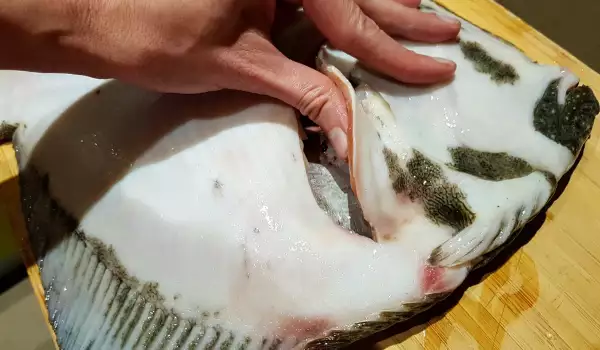
Turbot is versatile in terms of culinary techniques and can be prepared in a variety of different ways. The most popular methods include baking, frying and stewing.
Baking turbot is one of the best techniques, as it preserves the tenderness of the meat without drying it out. Minimal seasoning is often used to highlight the natural flavor of the fish. Grilling or baking allows the skin of the turbot to remain crispy while the inside remains juicy and flavorful.
Frying turbot is another popular method of preparing turbot, especially when combined with a crispy breading. It is advisable to use fillets or small portions of the fish for the frying process. The breading can include flour, breadcrumbs or even crushed nuts, which add crunch and additional flavor.
Stewing turbot in aromatic broths is also an excellent technique that preserves all the juices and flavors of the fish. The broth can be enriched with white wine, lemon, garlic and fresh herbs such as dill and parsley. This gives the fish a refined flavor that is soft and delicate.
Seasonings and additives for the perfect turbot

Turbot is a fish with a delicate flavor that can easily be emphasized or masked by spices. Therefore, it is important to use the right flavors for turbot that complement, not dominate, the fish. Lemon and olive oil are classic combinations that emphasize the flavor of turbot, adding freshness and softness. Fresh herbs such as parsley, dill and thyme are excellent choices, as they bring light, herbal flavors that do not change the natural taste of the fish.
When cooking turbot, various vegetables can also be used as a side dish. They are often prepared with potatoes, asparagus or zucchini, which complement the texture and flavors of the fish. Olives, capers and tomatoes are also excellent additions, giving a slightly spicy and fresh taste.
Oven Roasting – The Golden Standard in Turbot Cooking
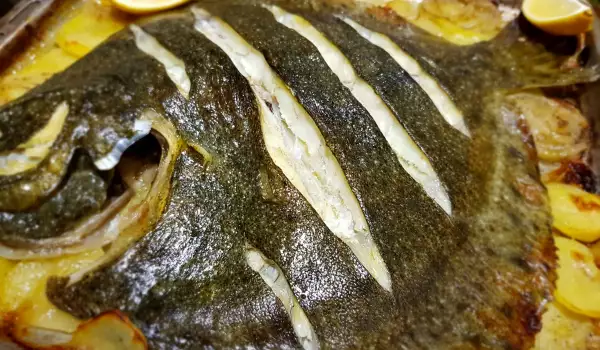
One of the most successful techniques for preparing turbot is oven roasting. For this purpose, the fish can be placed on baking paper or directly on the grill to obtain a crispy texture. Roasting should be done at a moderate temperature (around 180-200°C) to avoid over-drying the meat. It is important to cook the fish until golden, while the inside remains juicy and soft.
Find out what to serve with turbot, as well as how to clean turbot or try our tried and tested turbot recipes.
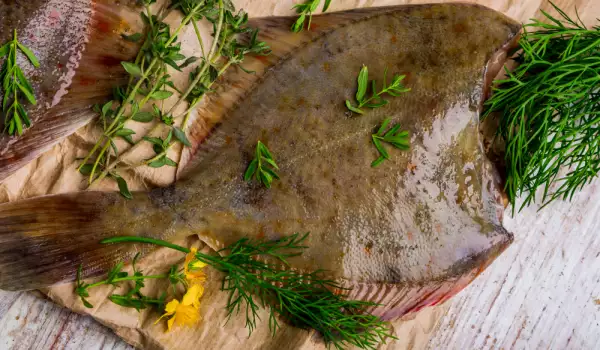

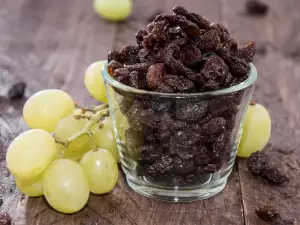
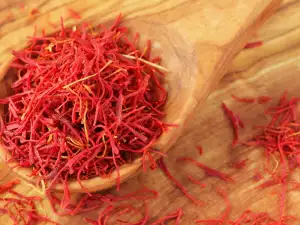
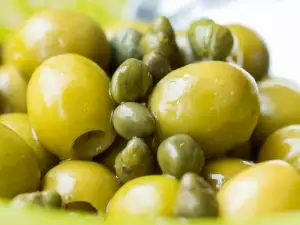


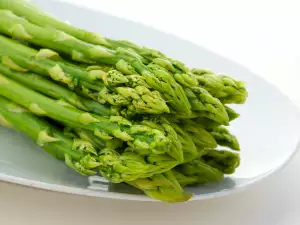


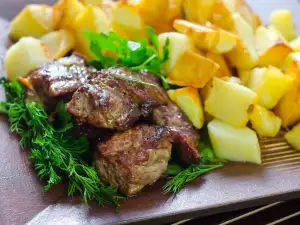


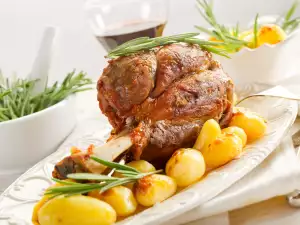
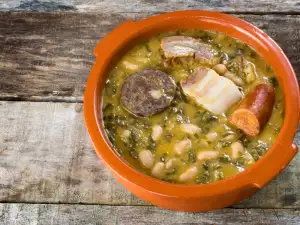
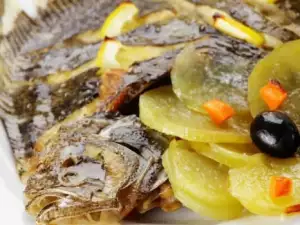




Comments